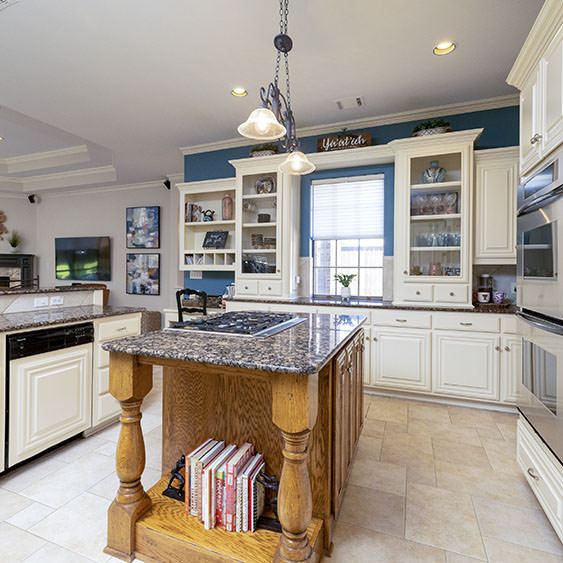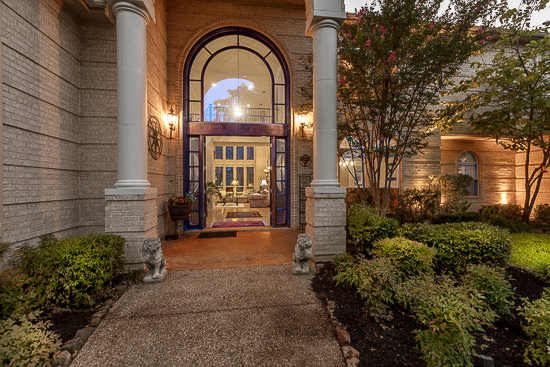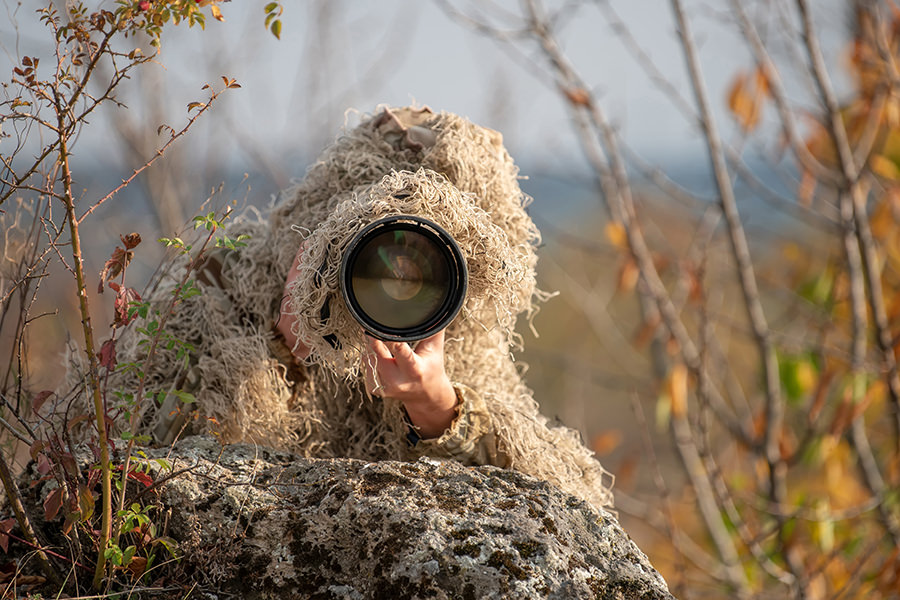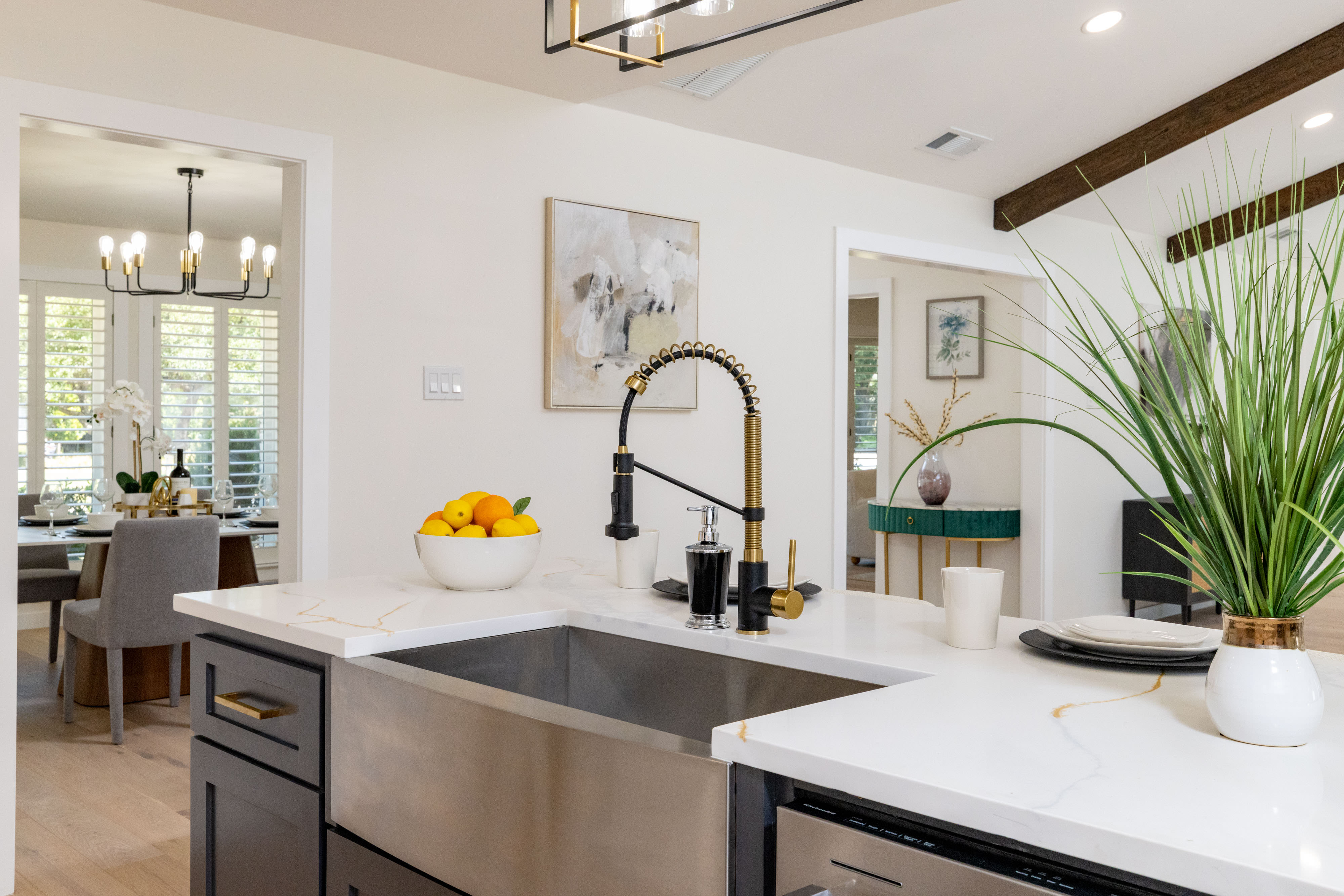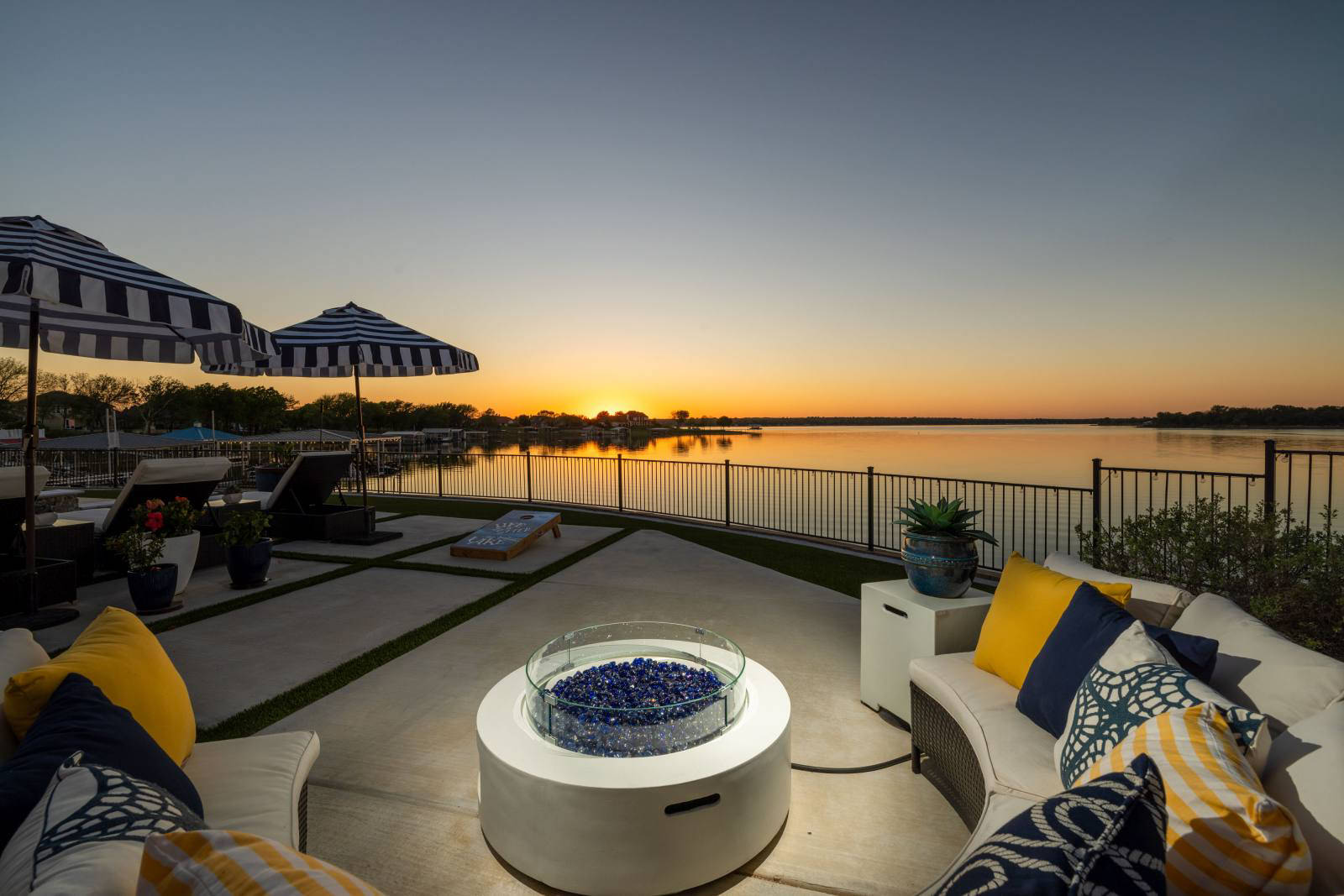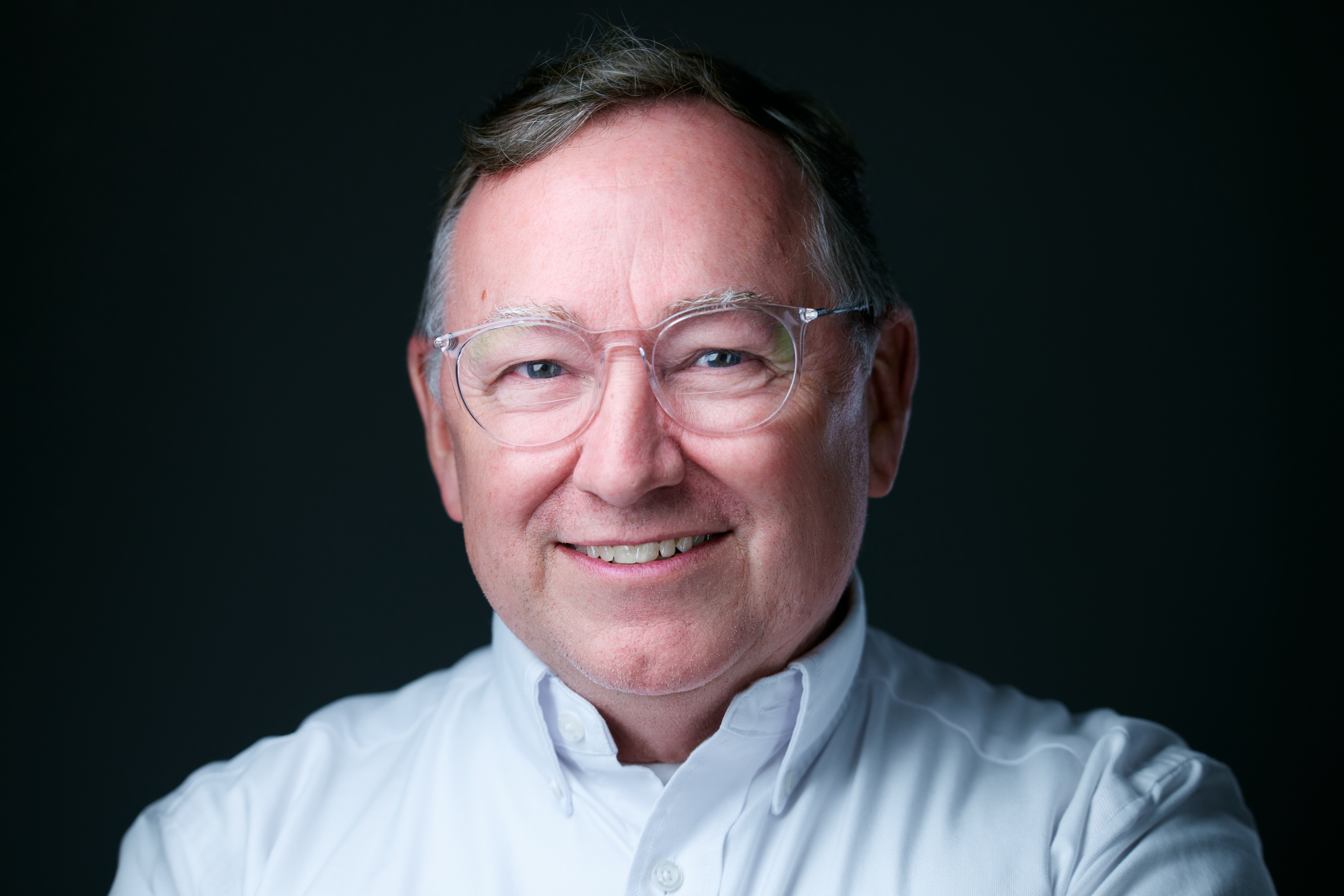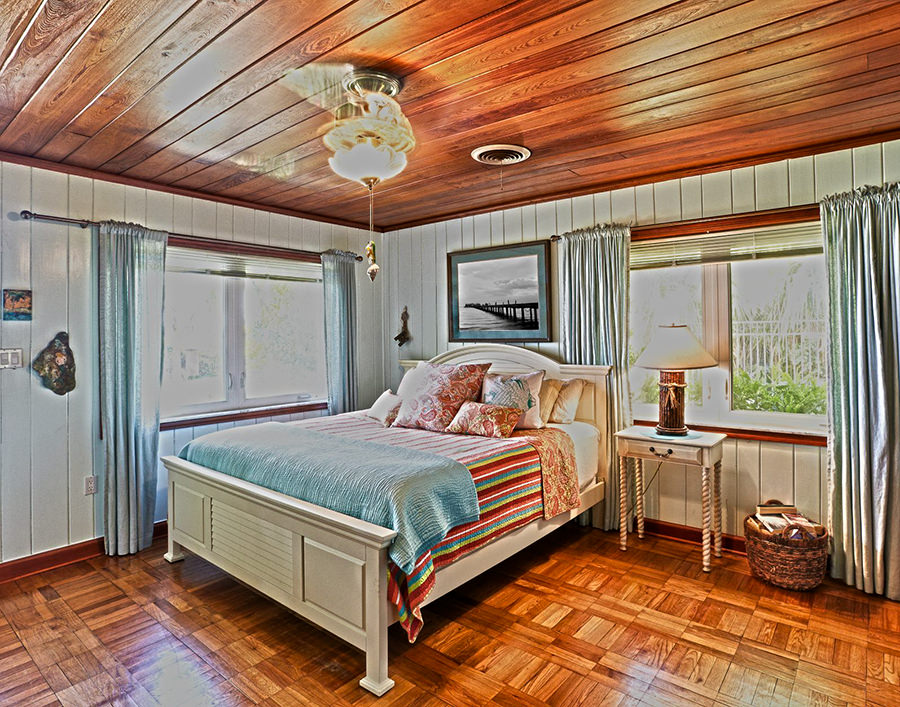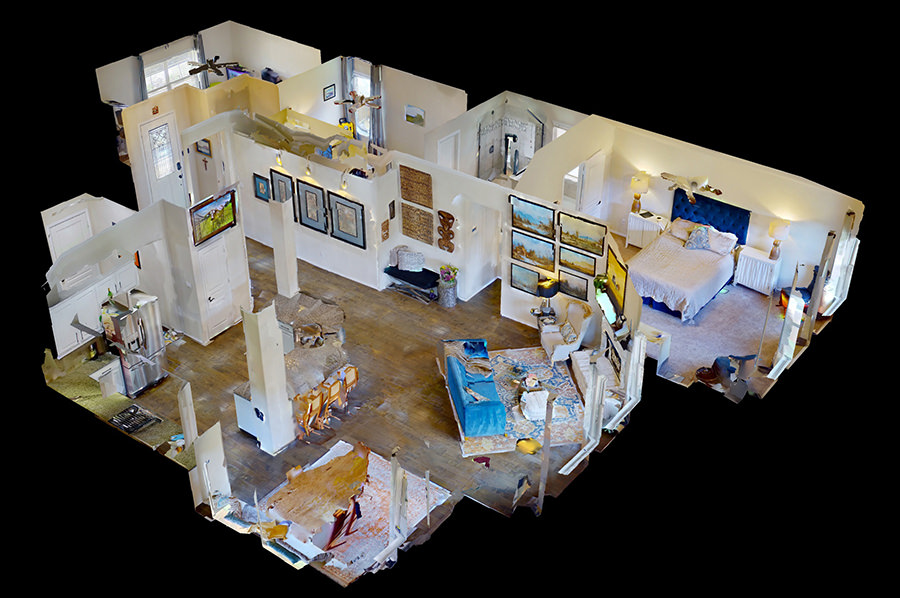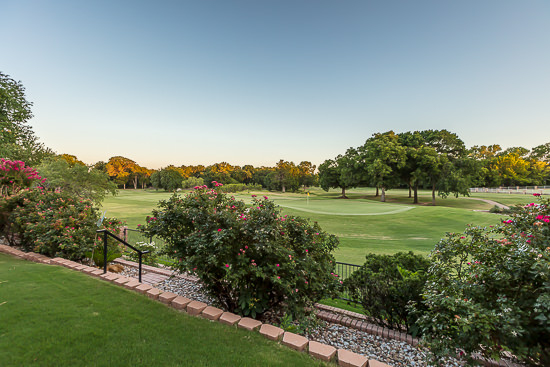Llight is everything, absolutely everything to a photographer.
Like the Inuit Eskimos who have hundreds of individual names for the different the types of snow, photographers have hundreds names for the different types of light: hard, soft, diffused, specular, direct, reflected, etc... It’s complex, its colorful, it’s beautiful, it travels, it’s all around us.

Yes, this is going to read a bit like a love story. I love light with wild abandon, to the very core of my being.
Professional Photographers are masters of light. A photographer captures light translating the 3-dimensional space into a 2-dimensional photograph depicting the space with color. Brightness, lighting, mood, color accuracy and detail enables a photographer to capture an authentic image of the property. A vision captured.
The very definition of a photographer is to work with light! In a studio environment they control the direction and the quality of light. Lighting enables the photographer to accurately capture the color and detail. It brings the subject to life.
In real estate photography strategic placement of lights illuminates shadows and corrects color. Adjacent rooms are well lit and inviting. A chandelier sparkles, windows present a crisp display of the home exteriors. MLS-Images use the very same techniques that architectural photographers use for commercial shoots and luxury magazine photography. The results are quality images that can only be achieved with a mastery of combining ambient lighting in the home, the natural light streaming in the room from windows and mobile studio lighting.
I’m going to say here that EVERY SELF-EMPLOYED photographer who shoots real estate has their own process, equipment, and procedures. Some have accepted the challenges of working with light. Those who use supplemental lighting in any form has made a significant investment in craftsmanship. The results they deliver are their very own unique combination of artistry and equipment. It reflects everything they bring with them to a shoot, both the equipment and the skill.
Every photographer uses lights differently. It’s the thumb print that makes the photographer's body of work unique. A recognizable statement that significantly changes the look of the product.
Working with multiple off camera lights is expensive and time consuming to learn. Our light kits cost more than the treasured camera body and lens we use. Like every craftsman the tools and technology changes and we outgrow one process and create another. Photography is technology based and it changes all the time. The added layer of technology using supplemental lighting requires new learning and experience. It’s a significant investment in professional equipment that’s ongoing and never ending.
Why are ambient methods so popular if using light delivers a significantly better product? Cost of equipment, proficiency, training, reproducible results and logistics. Photographers working for a big box shop must strictly follow the corporate recipe. This recipe defines every aspect of the product -equipment, configurations, and post processing. I'm sure there is a bit of chest thumping among my HDRi real estate photographer friends at that point. But...
this is my love story.
I don’t send my work out to an overseas processor. Because I get it right in the camera, I’m not bleary-eyed processing into the wee hours of the night. Yes, I lug a ton of equipment to every shoot and I cry when a strobe falls. The full frame DSLR camera in my bag features a dynamic range is astounding. I use lights to leverage the excellent state of the art technology I use every day. The nuances they capture like color accuracy and fine detail bring my images to vibrant life.
The truth about real estate photography with lights is it delivers superior quality results. Light in the skilled hand of an experienced photographer creates the drama and detail simply not achievable by any other method.


